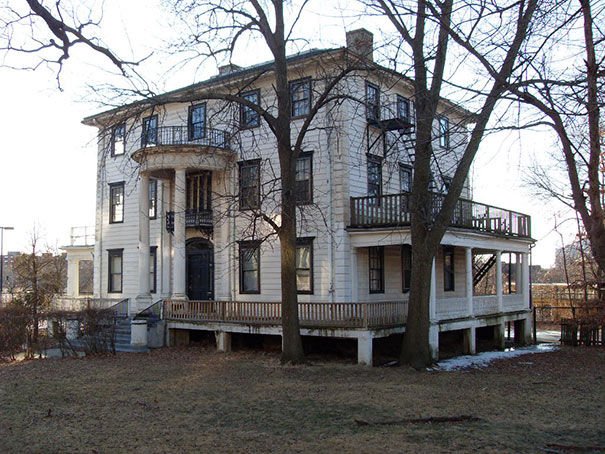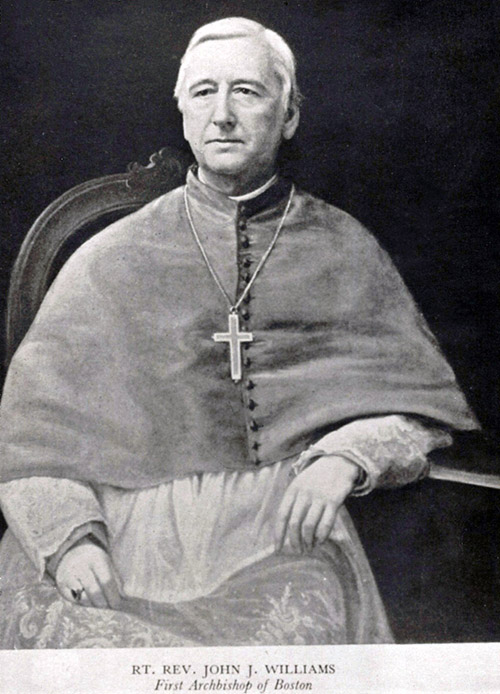
31 Dec 2019 The Faces Behind Roxbury’s Dudley House
HBI recently visited the historic Dudley House at 167 Centre Street in Roxbury as part of the State’s current RFP process for the building’s long term lease and re-use. Closed for nearly a decade, the circa 1825 Federal Period mansion has endured considerable deterioration and vandalism, and yet the grandeur of the building’s decoration and design is still evident in what remains.
Although the Dudley name was recently expunged from the commercial center of Roxbury, generations of that family’s history is still quite present in the neighborhood. The Dudley House was built for Hannah and David Dudley around 1825, and their family occupied the house for nearly 65 years.

David Dudley lived from 1787 until 1841. The painting of him here is in the Harvard Art Museums and dates to 1836 when Dudley was about 44. He was born in Roxbury and was son of Lieutenant Thomas Dudley, a Revolutionary War soldier, and Abigail Weld Dudley. David was a descendent of the Thomas Dudley who was Governor of the Massachusetts Bay Colony [the one after whom Dudley Square was named]. David Dudley was the first president of Trader’s National Bank of Boston from 1831 to 1841. He was obviously a person of means since his house and land holdings were considerable.
David’s wife, Hannah Davis Dudley, also native to Roxbury, was born in 1792 and died at the age of 94 in 1886. It is thought that the land on which the house now stands was a part of her marriage settlement since that land was deeded to her by Aaron Davis Weld. The couple married in 1814; Hannah bore 10 children. She was widowed at age 49 and lived another 51 years. The portrait here dates to 1836 and is also in the Harvard Museums.
The Dudley’s house was built circa 1825 and was one of the first suburban estates to be built in the Highland Park area in the 19th century. Built as a two-story house with a hipped roof. It sat on a parcel that extended to the Stonybrook, which would have been within view of the house. Over the 19th century, the railroad was built alongside the Brook, and industry increasingly moved into the area, and the Highland Park neighborhood continued to grow and urbanize with new housing construction.

After Hannah’s death in 1886, the Dudley family continued to occupy the house until the house was sold to Bishop John J. Williams, 4th Archbishop of the Roman Catholic Archdiocese in Boston, in 1897 as the rectory for All Saints Church, which stood next to the house. The parish added a third story and a two story columned portico. The house was a rectory until the church closed in 1973 and the historic house taken by the State in 1968 for the Inner Belt Highway.



